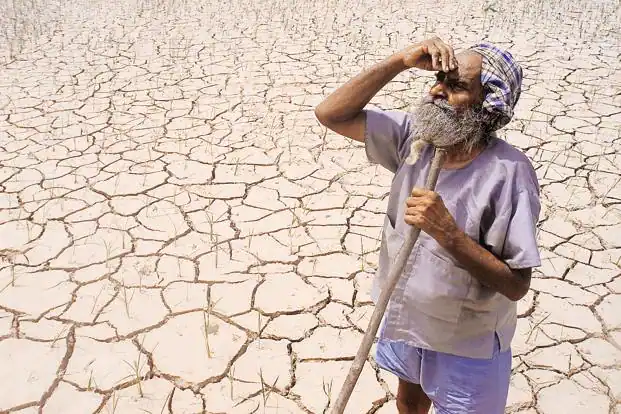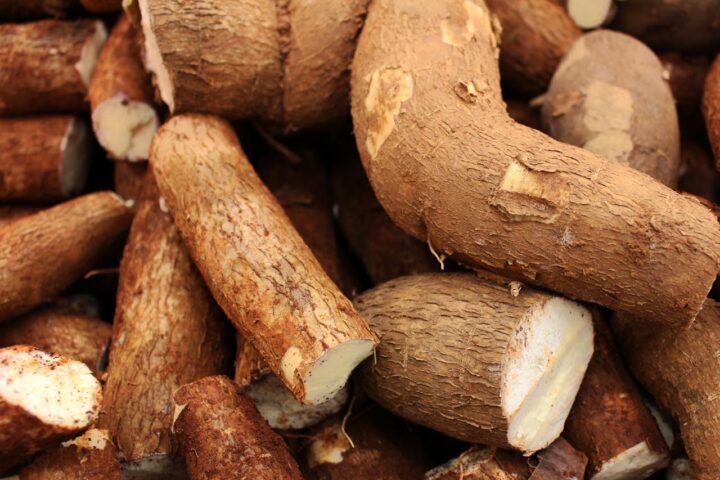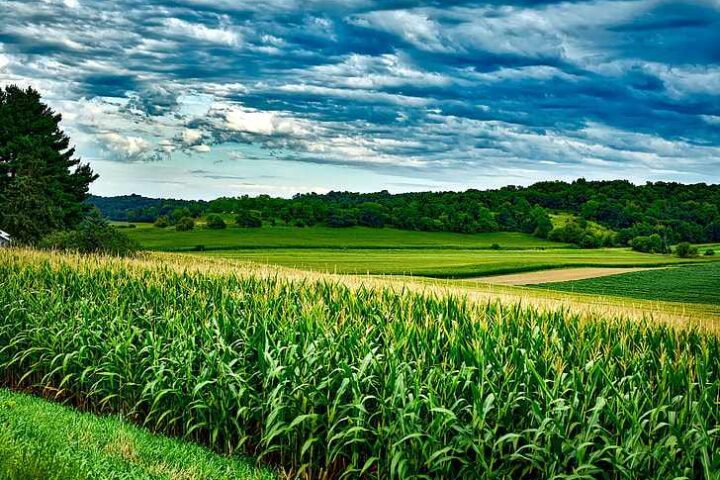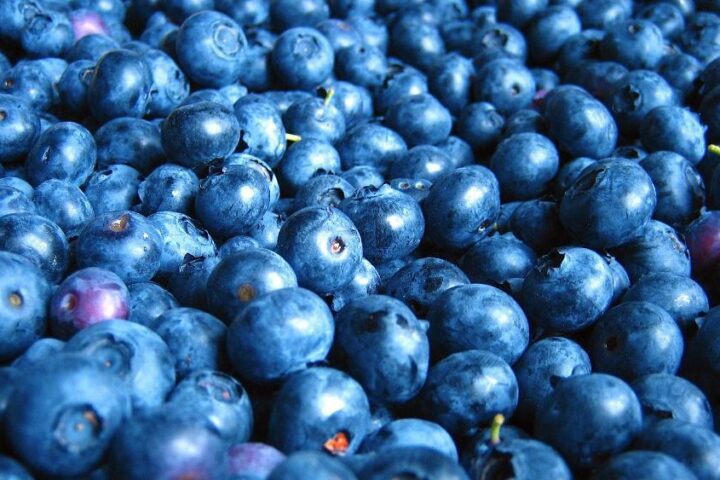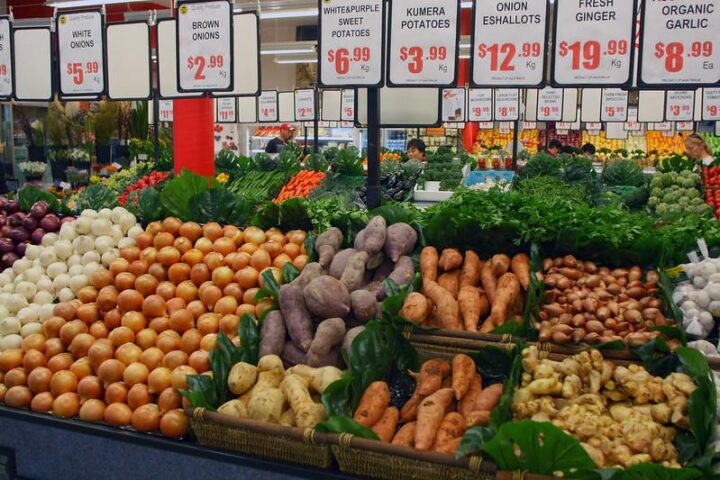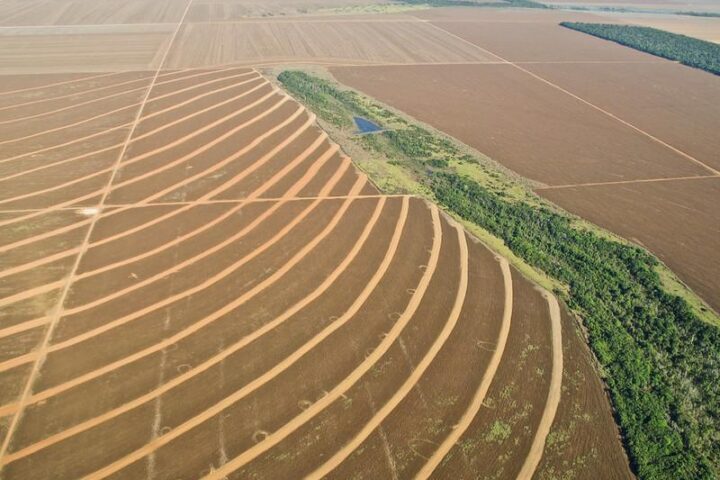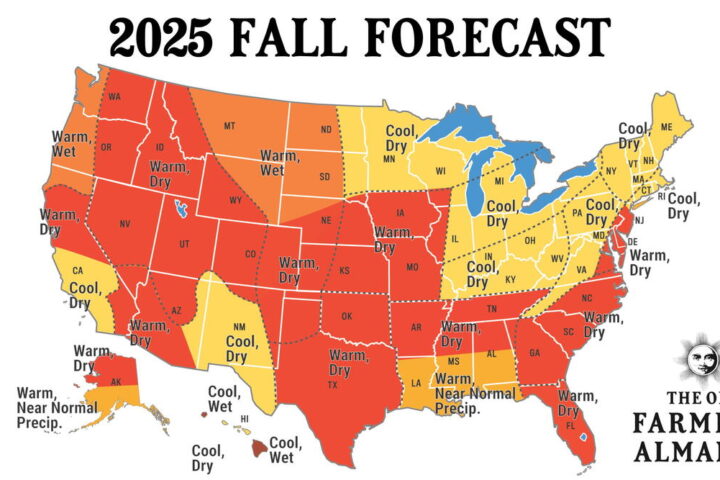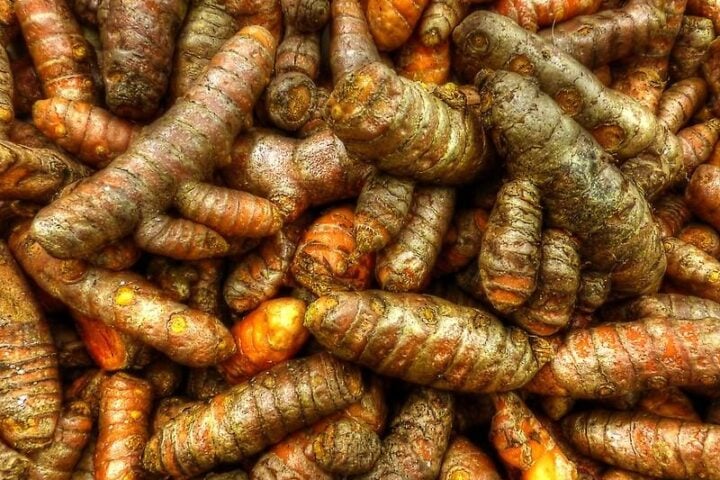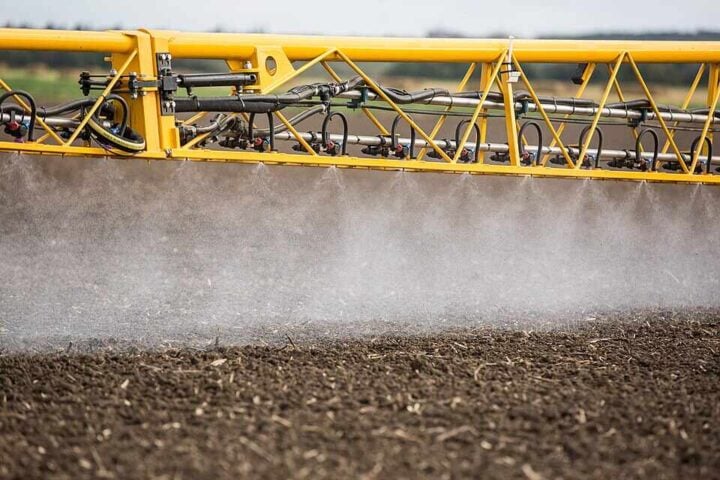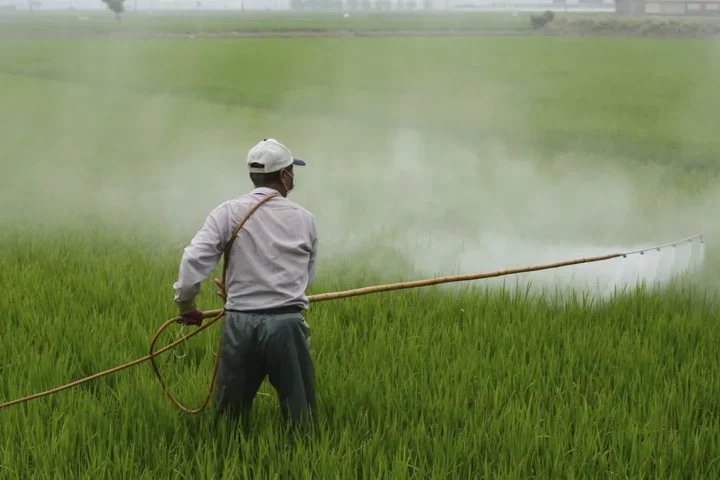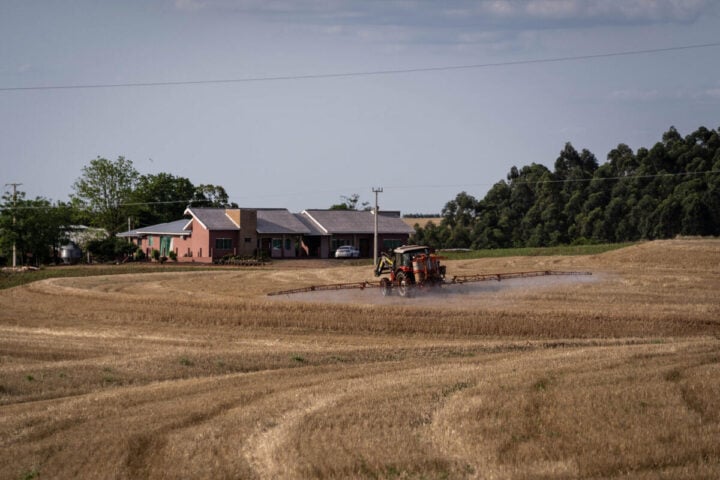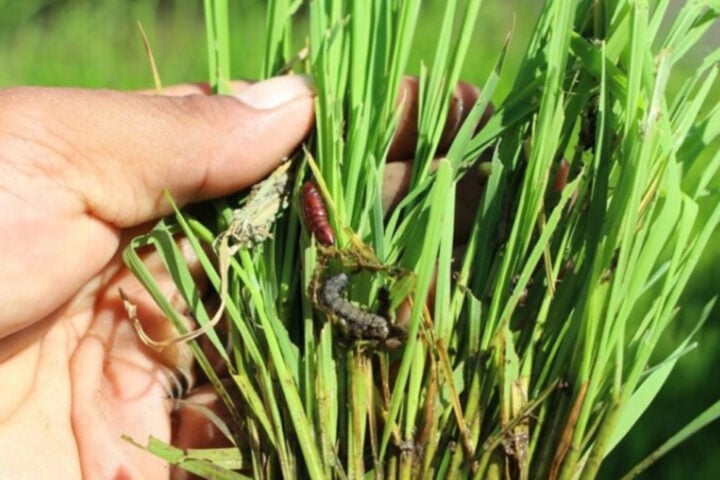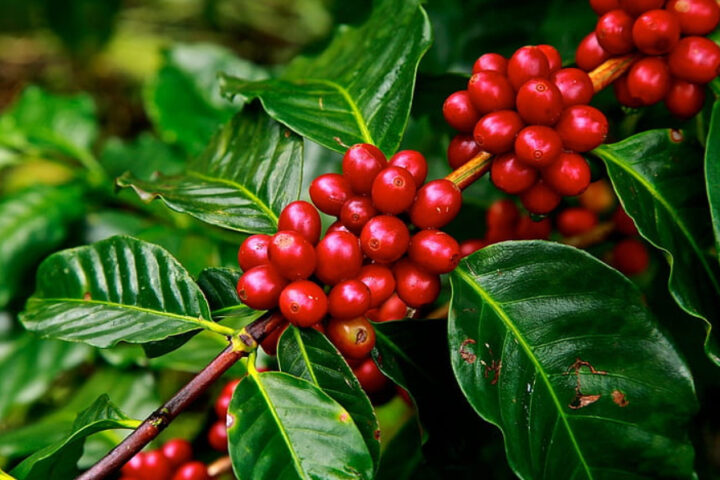In a nation celebrated for its agricultural heritage and bustling marketplaces, a silent crisis brews – one that reflects the despair hidden beneath India’s economic growth story. Imagine a scenario where every hour, one farmer in India succumbs not to natural calamities or diseases, but to the despair and hopelessness of their own existence. This is not a fictional dystopia, but a harsh reality reflected in the recent National Crime Records Bureau (NCRB) data. The latest National Crime Records Bureau (NCRB) data released on December 4, 2023, reveals a stark reality: a 3.7% increase in farmer suicides in 2022 compared to the previous year. The most concerning data remains for Maharashtra, where agricultural distress peaks with 38% of farmer suicides. The statistics paint a somber picture of India’s agrarian and daily wage workers’ community grappling with an escalating suicide crisis.
The NCRB report offers a detailed view of this distress. In 2022, the number of daily wage workers who committed suicide soared to 52,429, a significant increase from 42,004 in 2021 and 37,666 in 2020. This stark rise is more than a statistic; it’s a grim testament to the growing desperation in the lower economic strata.
Farmer Suicides from 2014 to 2022
The situation among farmers is equally dire. While comprehensive data for 2022 is awaited, the trend until 2021 paints a bleak picture. Farmer suicides consistently numbered above 10,000 annually from 2014 to 2021, peaking at 12,602 in 2015 and slightly decreasing to 10,881 in 2021. These numbers, however, could be underreported due to potential manipulation of data by some states.
The NCRB report details that of the 11,290 farmer suicides in 2022, a significant 53% (6,083) were agricultural laborers. This marks a notable shift from traditional farming to wage-based agriculture. The 77th round of the National Sample Survey pointed out the increasing dependence on wages rather than crop production for an average agricultural household’s income. The Survey found the highest income for a farming household was Rs 4,063, primarily from wages. This is a staggering reflection of the economic vulnerability faced by those who toil in the fields.
State-wise Suicides in 2022
This pie chart illustrates the number of suicides in different states and union territories of India in the year 2022. Each slice represents a state or union territory, and the colors correspond to specific regions.
This trend of rising suicides among farmers and agricultural laborers is not just a statistic; it’s a reflection of the acute distress in the agricultural sector. Climatic adversities like droughts and unseasonal rains have compounded the woes of the already struggling farmers. In 2022, such climatic anomalies resulted in extensive crop damage, exacerbating the financial instability of farmers. The situation begs the question: how can a nation progress when its backbone – the agricultural sector – is in such deep distress?
Experts suggest that the crisis in agriculture is multifaceted. It encompasses climatic challenges, economic instability, and inadequate government policies. Professor Anil Gupta, an agricultural economist, opines, “The solution lies in comprehensive policy reforms that address both the immediate and long-term challenges faced by farmers.” This viewpoint underscores the need for policies that go beyond temporary relief and aim for sustainable agricultural practices.
Similar Posts
The NCRB data also reveals a gender disparity in these suicides. Of the 5,207 farmer/cultivator suicides, 4,999 were male and 208 female. This gender skew points towards the larger role of men in the agricultural sector and possibly, a higher degree of financial pressure experienced by them. Additionally, states like Maharashtra, Karnataka, and Andhra Pradesh reported the highest numbers, hinting at regional disparities in agricultural distress.
